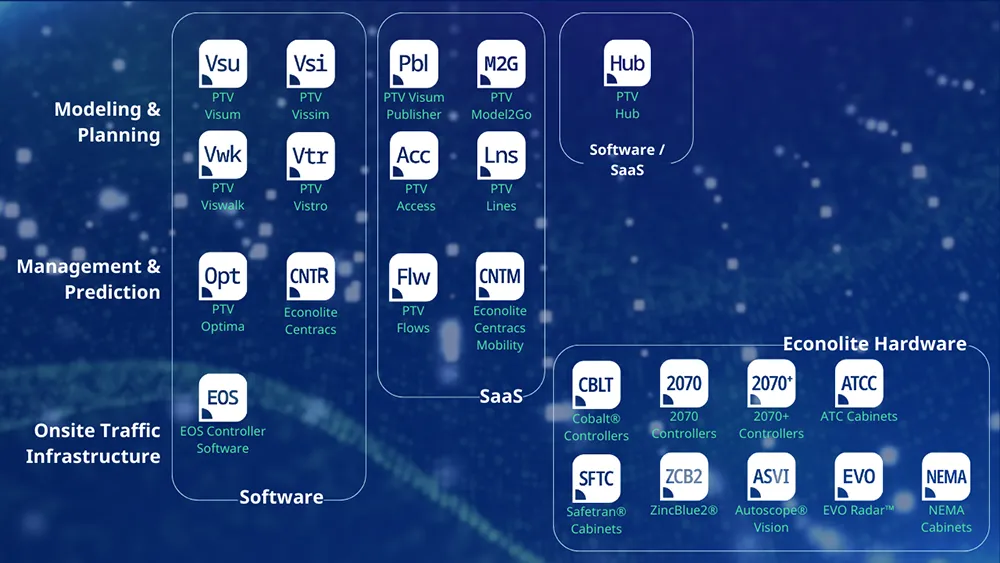October 23, 2012
ITS World Congress exhibition opens to busy aisles
Day two of the ITS World Congress and day one of the exhibition saw visitors to the show enjoying the very latest on multimodal transport management technology.
Streetwise lighting systems, intelligent motorcycles and the launch of a new transponder are among the highlights of today’s Daily News Live, the video programme from the World Congress. Hear from Honda, Kapsch and Swarco.







